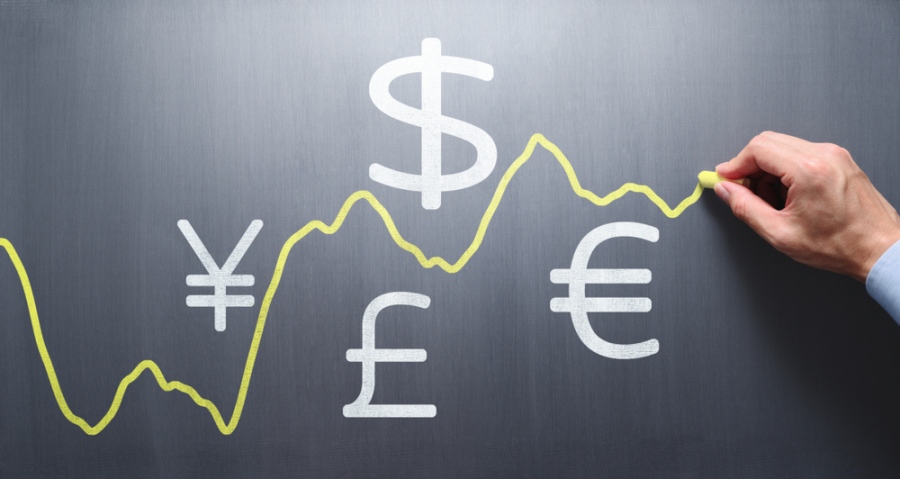CFD (contracts for difference) and forex traders have plenty of tools available for earning a profit. Perhaps the best techniques of all are related to chart reading. Both candlestick pattern analysis and traditional chart patterns open the door to valuable insights that can decipher price direction. But, what does it take to read charts? First, it’s important to understand how candlesticks work and what the two most common patters are for identifying short-term trends. Second, it’s essential to learn several of the common long-term trend indicators that appear in non-candlestick charts.
The good news is that it’s all a lot less complicated than it sounds. For short-term analysis, use one of the popular candlestick patterns. For long-term trades, opt for one of the many other chart patterns. Forex and CFD trading are all about timing, spotting short and long price patters, realizing that not every value fluctuation is significant, and having the right technical tools to do the job. You don’t need to become an expert in charting, but it helps to know about the five or so patterns that signal reversals of price action or a sustained move in the current direction. What’s the least you need to know to get a grip on CFD and forex technical chart analysis? Here are the basics that can boost your trading profits and add confidence to your decision-making process.
Use Candlesticks
Candlesticks are a unique charting tool developed in Japan more than a hundred years ago, some say many hundreds of years ago. They’re helpful because each stick shows open, high, low, and close, with a solid body representing the area from open to close. The two most useful patters, and there are hundreds, are the three-strike and the gap. Three-strike happens when three similar (rising or descending) candles are followed by an opposite kind (falling or rising) that covers the entire price area of the previous three candles. That newest, fourth candle indicates the direction of the reversal. The gap pattern is a frequent indicator or a trend in the direction of the gap, upward or downward. It forms when a second candle in a sequence is either completely above or below its predecessor. Gaps are significant in all types of charting and often mean a coming rise or fall in value.
Learn Common Chart Patterns
When it comes to knowing how to read forex charts or how to read CFD charts, is not rocket science. You need not be a math genius to use effective patterns and identify price rises, trend reversals, declines, or trend confirmations. One thing you do need to grasp from the beginning is standard chart notation. There are several versions of charts, and you’ve probably seen them all. In addition to candlesticks, discussed above, brokerage platforms use solid line charting, OHLC (open-high-low-close), and VAP (volume at price) being the most common ones.
OHLC is extremely similar to candlesticks because each bar shows opening, closing, high, and low value points for a particular time frame. Line charts are the simplest and most frequently used. They use a solid line to indicate a dollar value at each point on the time line. VAP is less common but popular among experienced traders. It overlays volume bars on the left side of the graph so you know how much trading took place at each point. It’s possible to employ any of the following pattern studies on any type of chart. The most effective for forex and CFD enthusiasts are triangles, pennants, wedges, double tops and double bottoms. See the following sections for details about each one.
Read the Triangles
When a level of horizontal resistance on the top of a price chart is underscored by a series of higher lows, you’ll see an ascending triangle. It often indicates a coming upward breakout in price. Likewise, when a support line is overlaid by a series of lower highs, chances are the pattern is revealing a bearish trend.
Understand Pennants
Pennants form when prices experience a wide range of daily swings that become smaller on successive days, to the point that there’s almost no movement at all. They can be either bearish or bullish, but nearly always indicate a coming breakout upward or downward.
Identify Wedges
Wedges are among the most common of all patterns and can thus be of use to beginning and seasoned CFD and forex traders. They appear, either rising or falling, when a series of higher highs is underscored by a series of higher lows. This ascending wedge is bearish. The opposite, or descending wedge is bearish. It’s formed when a series of lower lows is overlaid by a series of lower highs. Wedges are easy to spot and occur in all kinds of markets.





